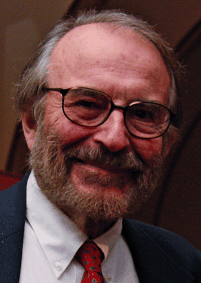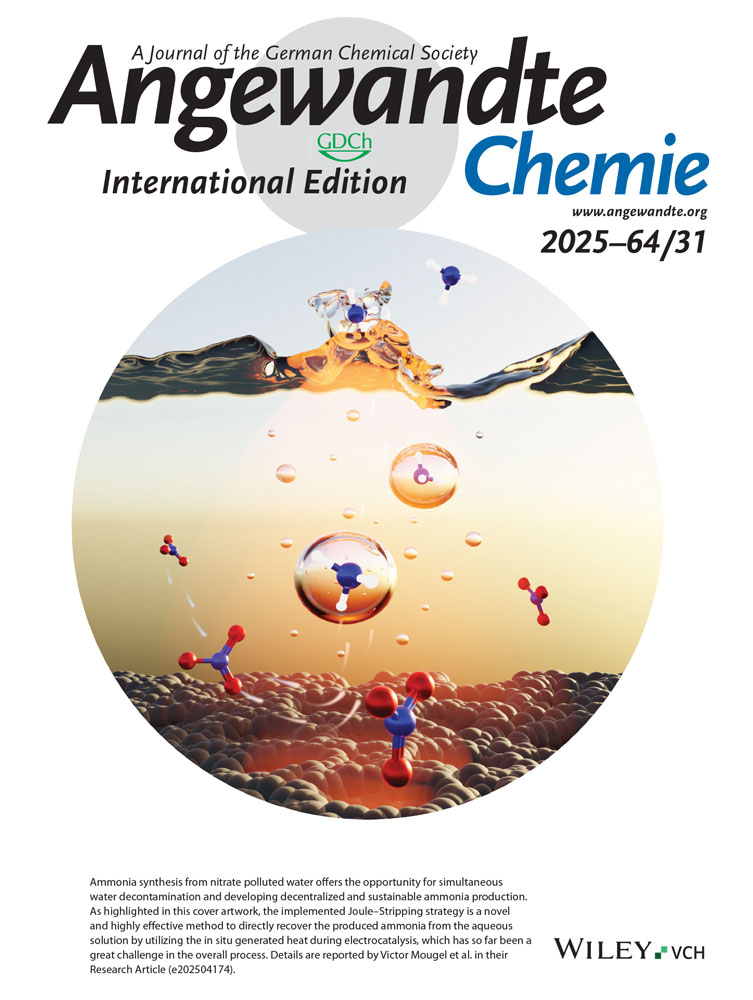Paul von Ragué Schleyer (1930–2014)
Graphical Abstract
Paul von Ragué Schleyer, Graham Perdue Professor at the University of Georgia passed away on November 21, 2014. Schleyer was an eminent and prolific physical organic chemist, whose pioneering contributions included the application of computational chemistry to broad fields of physical organic, inorganic, organometallic, and mechanistic chemistry concepts.

Schleyer was an eminent and prolific physical organic chemist of the latter half of the 20th and early 21st centuries. He made an indelible mark on the area of chemistry concerning structure and theory, with his pioneering contributions to the application of computational chemistry to broad fields of physical organic, inorganic, organometallic, and mechanistic chemistry concepts. His genius as a graduate student was evident when he independently came up with the original isomerization method to synthesize adamantane that resulted in a highly cited single-author communication (J. Am. Chem. Soc. 1957, 79, 3292). Apparently his mentor Bartlett had no interest in the diamondoid cage chemistry and allowed him to publish on his own with his Princeton University affiliation, where Schleyer also concurrently held an instructor position at the time.
Schleyer started his academic career at Princeton in 1958 and was promoted as an associate professor (1963), professor (1965), and held the Eugene Higgins Professorship, from 1969–1976. His earlier interests were in the kinetic studies of various acid-catalyzed reactions using primarily solvolytic methods as well as molecular mechanics (MM) and semiempirical computations of structures of carbocationic intermediates. In the early 1960s, he became acquainted with the work of one of us (G.A.O.), who was at Dow Chemicals; this led to active collaboration in the area of further NMR spectroscopic characterization of long-lived carbocations in superacids, including the nonclassical 2-norbornyl cation. The collaborative efforts also included Martin Saunders of Yale University, and turned into a life-long friendship. Schleyer was a superb speaker and a communicator, who had an uncanny ability to pick interesting problems and convince collaborators to work with him. He also developed a close relationship with the late Nobel Laureate Herbert C. Brown (who was against the nonclassical carbocation structure), with whom he jointly wrote a book The Nonclassical Ion Problem. His early interest in theoretical calculations blossomed upon his visit with the John A. Pople (Nobel Prize 1998) in 1969 as the NSF Center of Excellence Lecturer at Carnegie-Mellon University. Pople’s ab initio methods of calculating structures and energies convinced Schleyer that physical organic chemistry could benefit from theoretical methods. Schleyer was very much impressed with the predictive value of computational chemistry. Pople, who by training was a mathematician, and Schleyer as a chemist complemented each other rather well. In his autobiography From the Ivy League into the Honey Pot (published as part of the series Profiles, Pathways and Dreams, edited by J. Seeman), Schleyer recalls that physical organic community was initially quite skeptical of theory. Schleyer convinced us early on to use theory, and our research program has immensely benefitted from it. In the mid-1970s, the Friedrich-Alexander-Universität Erlangen-Nürnberg in Germany was interested in attracting Schleyer as a professor. At the time, Princeton was willing to provide only two hours a week of computer time to Schleyer, whereas Erlangen offered it round the clock. Schleyer moved to Erlangen in 1976, and established an outstanding institute for computational chemistry. Schleyer’s exploits of theory inter alia include some unusual polylithium-based carbon compound clusters, nonclassical carbocations, boron compounds, aromaticity criterion using the nuclear induced chemical shifts (NICS), the search for planar carbon and unusual bonding principles, and more recently some unusual mechanistic aspects of electrophilic aromatic substitution. He was interested in nonclassical carbocations for almost his whole research career, and it was therefore not surprising that in 2013 he published yet another fundamental study together with Karsten Meyer, Ingo Krossing et al. on the crystal structure of the long-lived 2-norbornyl cation, which gave further firm evidence for the nonclassical structure with three-center two-electron bonds (Science 2013, 341, 62–64).
After his retirement from Erlangen in 1998, he returned to the USA with an endowed chair at the University of Georgia, where he and Henry “Fritz” Schaefer III built a leading center for computational chemistry. Schleyer was quite prolific, with more than 1200 publications and 6 edited book sets. He is the third most cited chemist, with an h-index of 125! In the course of his career, he won a number of awards including the Heisenberg Medal (Alexander von Humboldt Foundation), Arthur C. Cope Scholar Award and James Flack Norris Award in Physical Organic Chemistry (American Chemical Society), Arfvedson Schlenk Prize (Gesellschaft Deutscher Chemiker; GDCh; German Chemical Society), Cross of the Order of Merit of the Federal Republic of Germany, C. K. Ingold Medal (Royal Society of Chemistry), and the IME Boron Prize. Schleyer was a former President and a Fellow of the International Academy of Quantum Molecular Science, President of the World Association of Theoretical Chemists, and Editor-in-Chief of the Encyclopedia of Computational Chemistry. He was (together with Norman L. Allinger) founder of the Journal of Computational Chemistry. Compared with his stellar achievements, his commensurate recognition, particularly in the USA, were unfortunately small.
Schleyer was a senior fellow in our institute since its inception and our long and productive cooperation resulted in many joint publications and a series of books (Carbonium Ions, in five volumes, Wiley, 1968–1977; Stable Carbocation Chemistry, Wiley, 1996). Schleyer was a demanding mentor, who trained an armada of graduate students, postdocs, and colleagues, all of whom have done exceptionally well in their chosen careers.
Schleyer is survived by his wife of 45 years, Inge, and three daughters from his earlier marriage, Betti, Laura, and Karen. We have lost a dear friend, and the chemistry community has lost a great scientist who made pioneering contributions to many fields. His legacy will live on for future generations of scientists as one of the truly great chemists of our time.





